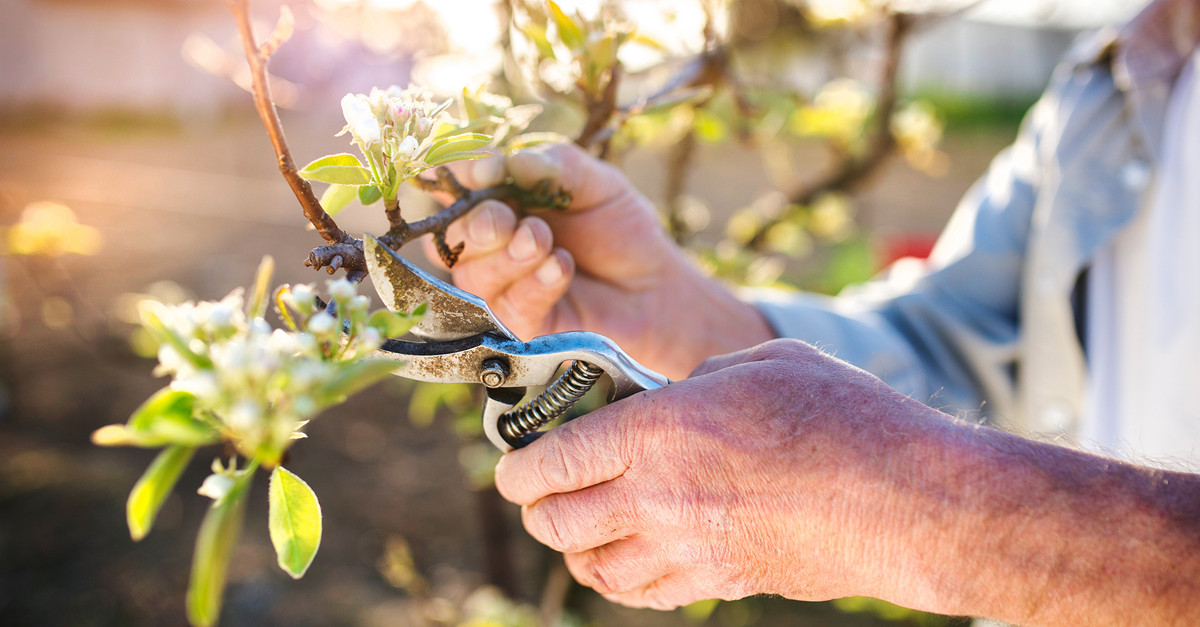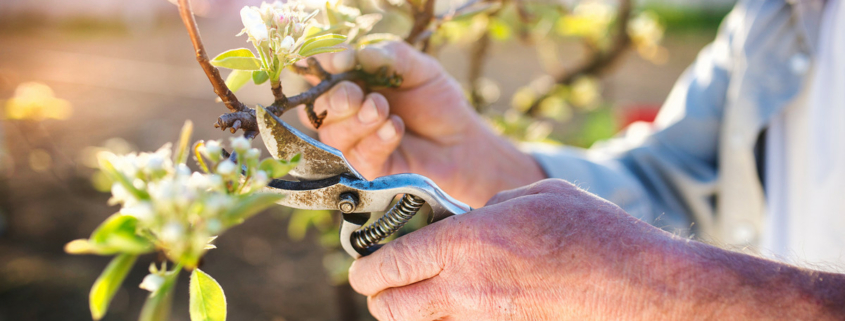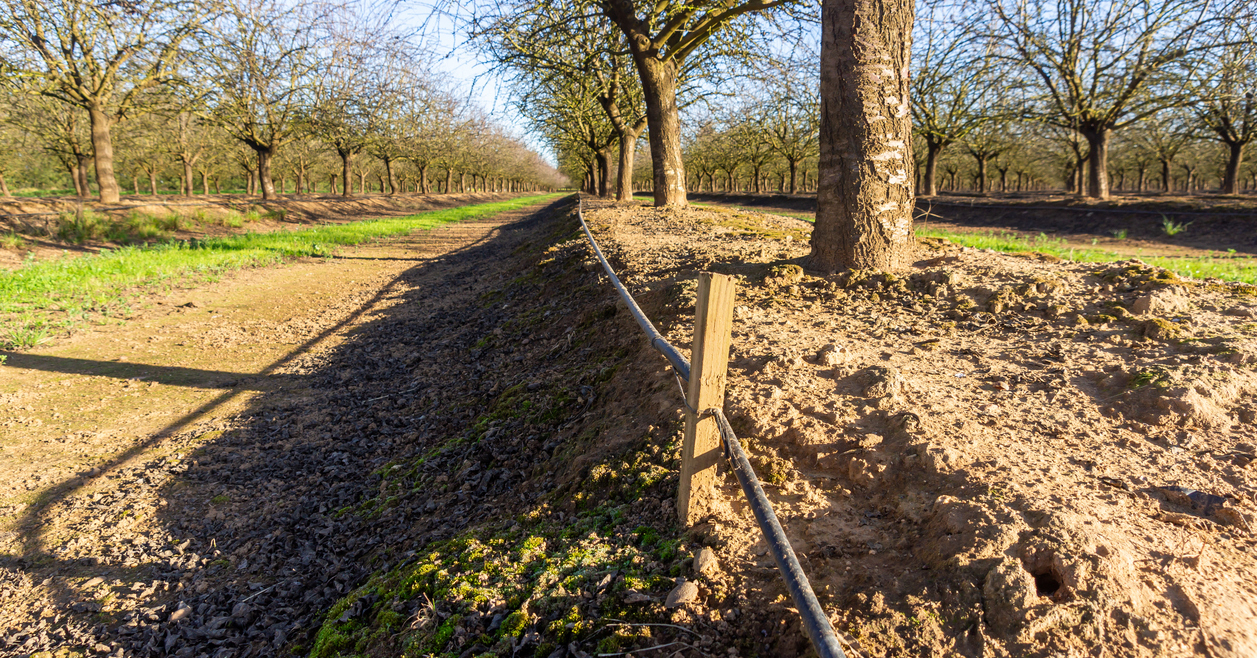How to Take Care of Fruit Trees
There’s nothing like biting into a fresh Georgia peach, but grabbing one from your own backyard is sure to take the sweetness up a notch. If you’re fortunate enough to live in an area where fruit trees thrive, it’s more than possible to enjoy your own home-grown peaches, berries, and other fresh fruit — as long as you provide the right fruit tree care from the start. Here are our top tips for a fruitful harvest, fresh from the branch!
How to Care for Fruit Trees
Start Out Strong
Proper fruit tree care begins with strategic planting, and there’s a lot you can do before and during the process to encourage healthy growth. First and foremost, make sure you’ve selected the right species for your hardiness zone.
Aside from our state fruit, other stone fruits like nectarines, apricots, cherries, and plums seem to love the climate here in Georgia. Set these trees up for success by placing them in loamy, well-draining soil in an area that gets full sun (think eight to ten hours of direct light per day). These conditions are also great for fig trees, certain apple and pear varieties, and olives.
Next, make sure you’re planting at the right time of year. Spring is ideal for planting flowers, but when it comes to fruit trees, late fall is usually best. Planting a fruit tree just before it goes dormant will give it ample time to establish a strong root system — a factor that will be key to its vitality.
Watch Your Watering
Once you’ve planted your tree, the next step is to practice proper watering. Like many plants, this can be challenging for fruit trees: they need just the right amount of water to thrive, especially when they’re young. The soil should be moist while your tree is growing, but never so wet that it’s completely flooded.
If you have an irrigation system in place already, you might consider adding a line for your fruit tree. Most orchards use irrigation for consistent hydration at the roots. But if this option isn’t feasible, direct watering with a garden hose works, too. You can also help your tree’s roots retain moisture between waterings by surrounding its base with mulch, which will deter weeds, too — a win-win, if you ask us!
Prune to Perfection
The most important time to prune a fruit tree is shortly after planting. Known as formative pruning, this will determine your tree’s shape as it grows. Start as early as the day of planting by carefully removing the ends of any wayward limbs, focusing on areas directly above the space where you’d like a new limb to grow. These trims will then encourage growth among lower branches for a full, even shape — and a bountiful harvest.
Get Picking!
Once your tree has blossomed, the flowers have fallen away, and new fruit has had a chance to develop, it’s time to enjoy the fruits of your labor! But believe it or not, there’s a science to harvesting, too. Aim to pick at peak ripeness, since removing fruit too early won’t give it a chance to ripen. Keep in mind, however, that leaving it too long can reduce flavor and eventually attract pests. There’s no universal best time that works for all trees, as factors like fruit type and climate determine the best time for picking. Instead, keep an eye out for signs of ripeness — most fruit is at full color, and slightly soft but not mushy when it’s at its peak.
Schedule a Service With Premier Tree Solutions
Fruit tree care can be fairly simple, but it never hurts to call in the experts when you’re dealing with vulnerable young saplings. Here at Premier Tree Solutions, we’re well-versed in hand pruning and will tend to your trees and shrubs with the utmost level of care. Contact us for a free estimate on these and any other tree care services by sending us a message or by calling (404) 252-6448.










